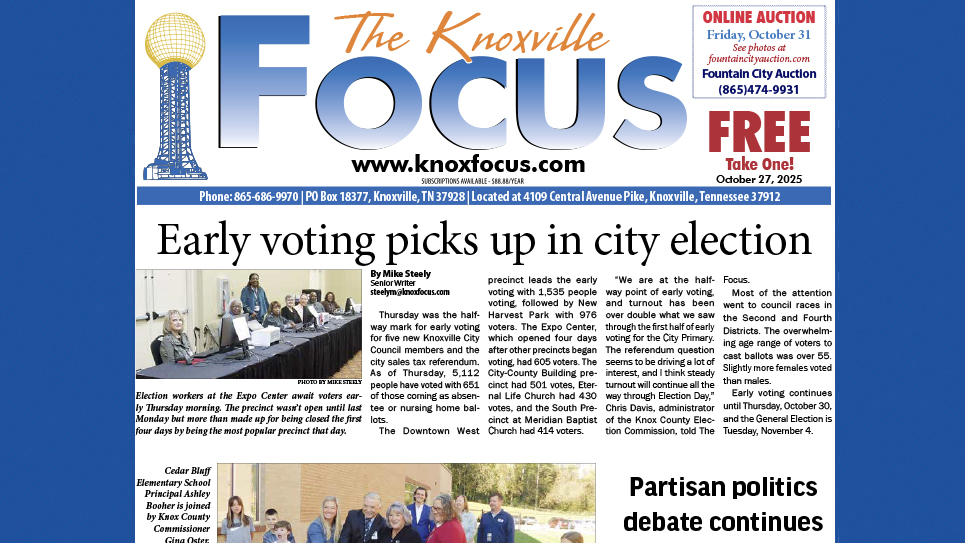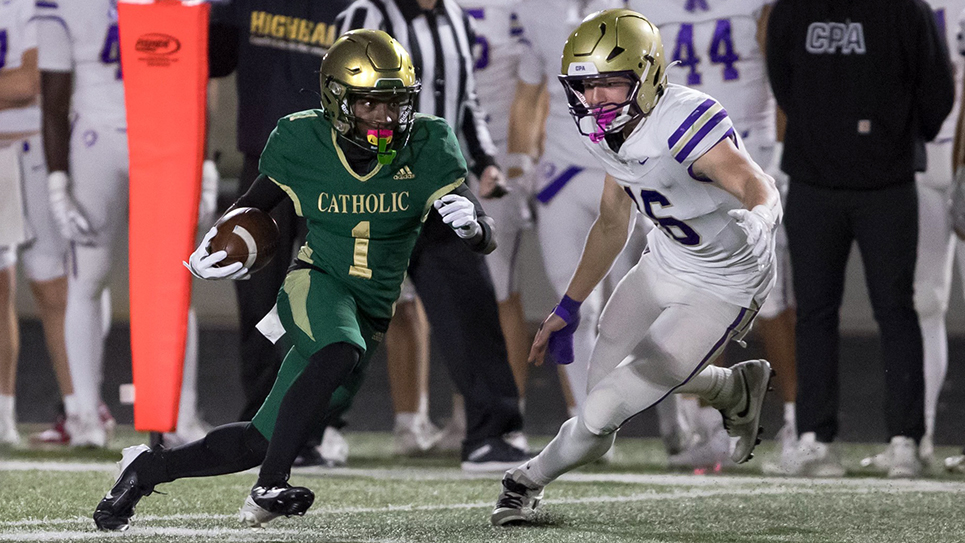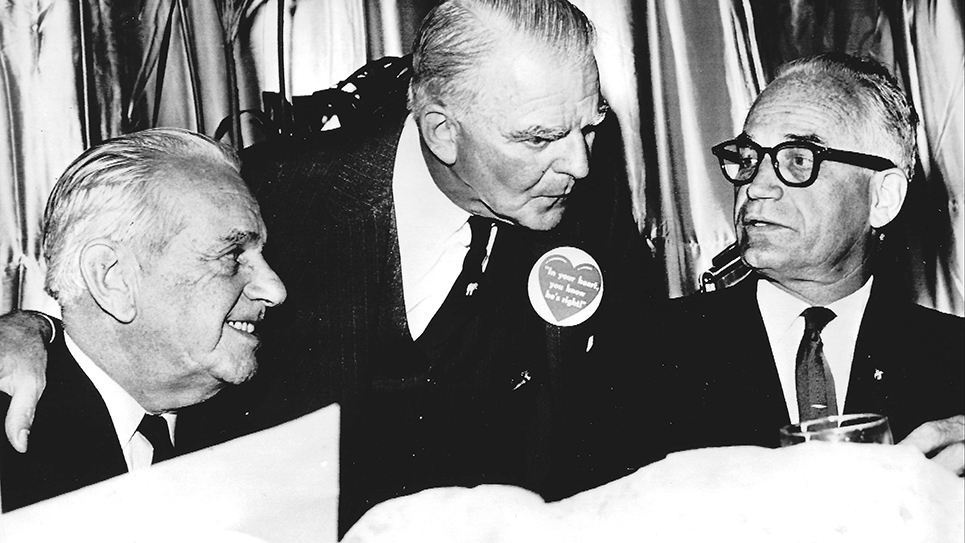‘Dominant recollections from across the years’
By Tom Mattingly
Here follows a perspective of a lifetime of watching and commenting about sports and assessing its impact on otherwise sane and sensible people. Now is the time to assess what it all means.
A dominant recollection from across the years was the Friday afternoon walk-through at an opposing stadium. On that day, everything was quiet at the game site, but the storm was building as kickoff approached the next day.
If you listened carefully, the echoes of Saturday afternoons and evenings past could be carefully discerned. There was enough history in the air to satisfy the most hardened observer.
Here are some examples, gleaned from those exciting days away from Neyland Stadium.
If you happened to be standing on Legion Field in Birmingham, there was always a visit to the west side, north end, 31-yard line. That was the spot Albert Dorsey picked off a Ken Stabler pass, one of three he grabbed in the fourth quarter. Albert has said he had had a terrible game to that point. Three picks on one afternoon at Legion Field… against Alabama… on his birthday… helped balance the accounts.
You could also go to the east side, south end, 34-yard line, and see Alan Cockrell checking off and sending Johnnie Jones around left end on a play called “The Run,” also known as “49 Option.” The play covered 66 yards and was the winning score. The memory is fresh of Jones emerging from the press box shadows, into the bright sunshine at the northeast corner where Tennessee fans were sitting.
At Bryant-Denny Stadium in Tuscaloosa, you could likewise go to the near corner at the northwest end and see where Jason Allen, an Alabamian playing for Tennessee, knocked down a final toss that would have brought the Tide to 51-49. That would have set up a two-point conversion attempt that would have brought about another overtime.
If you were at LSU, you could go to the southeast end of Tiger Stadium and see where Steve DeLong and pals made the stop in the 1964 game that ended 3-3. That was also the end zone where LSU ran two pass plays in four seconds to beat Ole Miss 17-16 in 1972. Billy Cannon started his famous Halloween night punt return from that end, 89 yards up the east side and in front of Ole Miss head coach Johnny Vaught. That run helped LSU defeat Ole Miss 7-3 in 1959.
If the game were at Notre Dame, you could hear John Majors talk about games when he was head coach at Pittsburgh in the mid-1970s. “This reminds me of a Kansas wheat field,” said Majors of the field at Notre Dame Stadium in the 1976 contest.
It was fascinating to be in the dressing room tunnel in which Miami and Notre Dame once slugged it out in the famous 1988 “Catholics versus Convicts” game. That was also the dressing room that had a television monitor on one wall.
The memories are still fresh of the 1991 game, the contest in which the Vols rallied from 31-7 down to win 35-34. No Tennessee fan could forget the last frantic seconds when Jeremy Lincoln blocked the final Notre Dame field goal attempt.
Then there was the 2001 game, when the Vols won 28-18. With the game on the line at 21-18, Casey Clausen led the way, scoring the clinching touchdown at the end of the field where the shadow of “Touchdown Jesus” loomed over the scene.
If the game were being played at Florida Field, you could stand on either 1-yard line and visualize a 99-yard touchdown drive, one that happened quickly from south to north in 1977. Kelsey Finch broke the line of scrimmage and somehow ended up scoring from 99 yards away.
The other was a more workmanlike drive in 1971, north to south, capped by a TD pass from Phil Pierce to Stan Trott.
You could also go to the northeast corner, where officials adjudged a Florida punt going out of bounds inside the Tennessee 1. Bill Battle earned one of the shortest penalties in the history of the Vol program by debating the spot with the SEC officials on the scene. The officials assessed the resulting unsportsmanlike conduct foul by picking the ball up and setting it down. The ball didn’t move. Not an inch. It was that close to the goal.
If you were at Auburn, you could go to the south 33-yard line and imagine a 67-yard TD run by Jamal Lewis that was a thing of beauty, happening shortly before he banged up a knee and was lost for the season.
You could also go to the north 1-yard line, the spot at which Vol defenders stopped Auburn four consecutive times after a turnover had put Vol fortunes in serious jeopardy. Auburn had four cracks at the end zone, but all the Tigers earned was grass stain. Raynoch Thompson led the Vol defensive charge in one of the most memorable moments of that national championship season.
Mention any game and a flood of remembrances of the good times following players wearing orange and white comes quickly.
That’s the beauty of it all, that the memory banks really don’t have to work overtime. That’s the power of history, the power of watching and listening intently.






